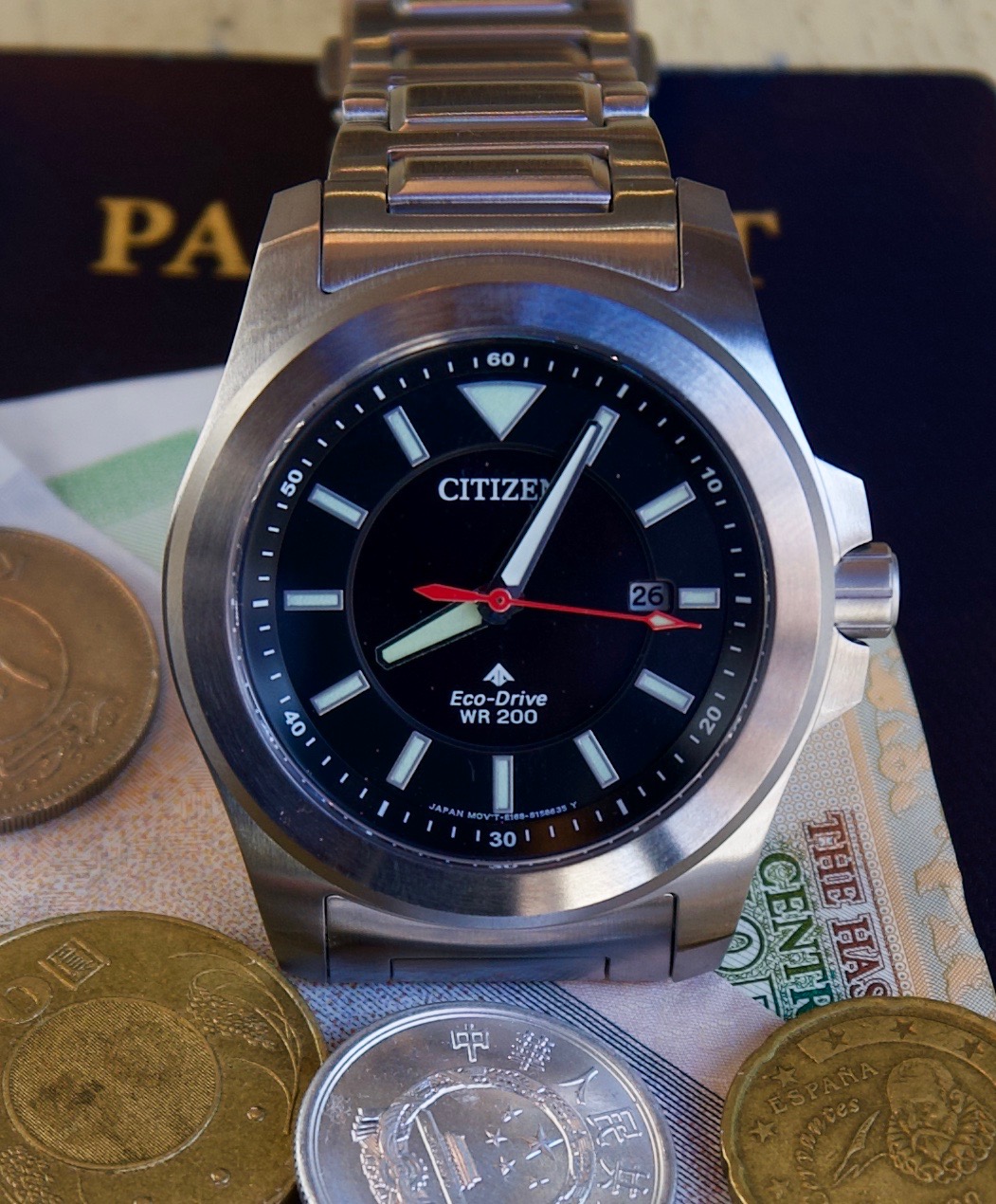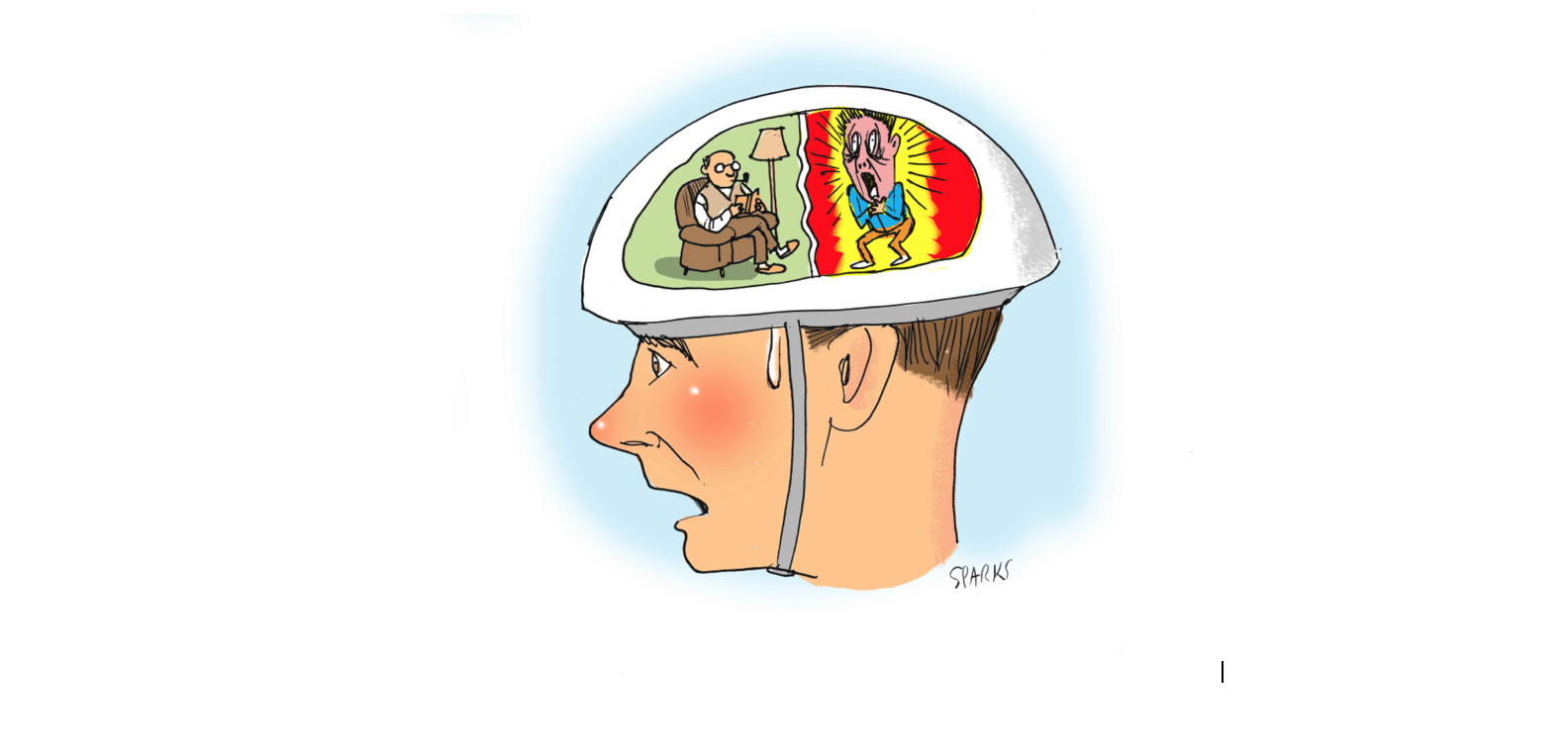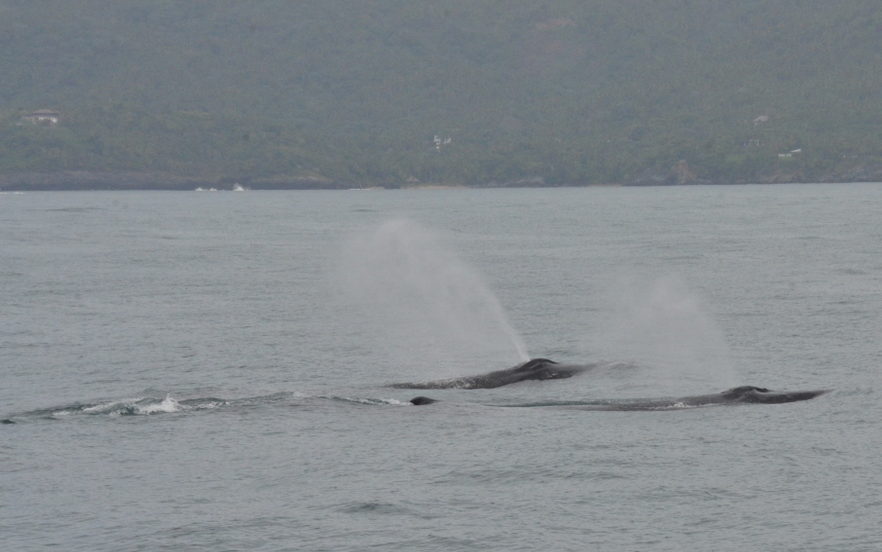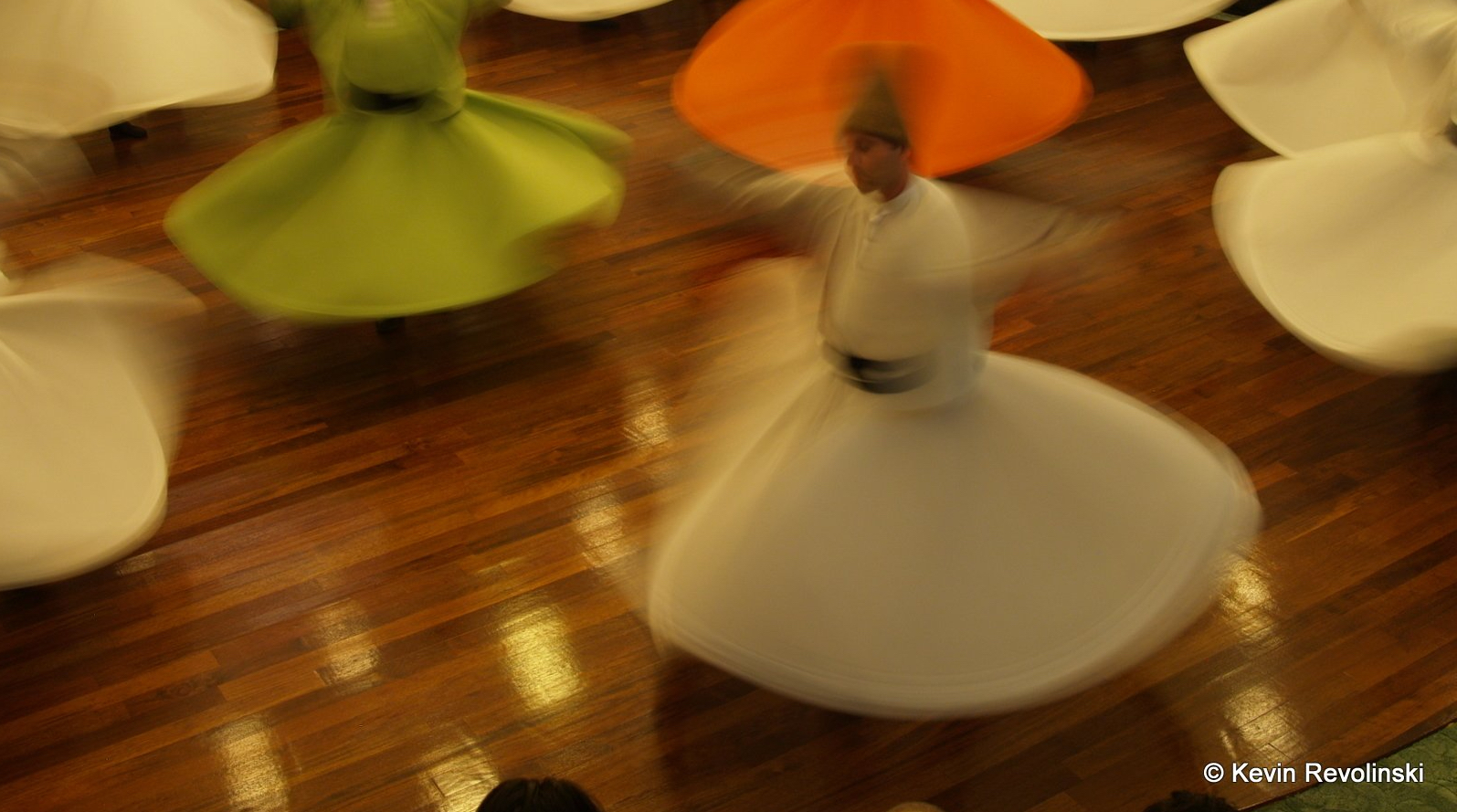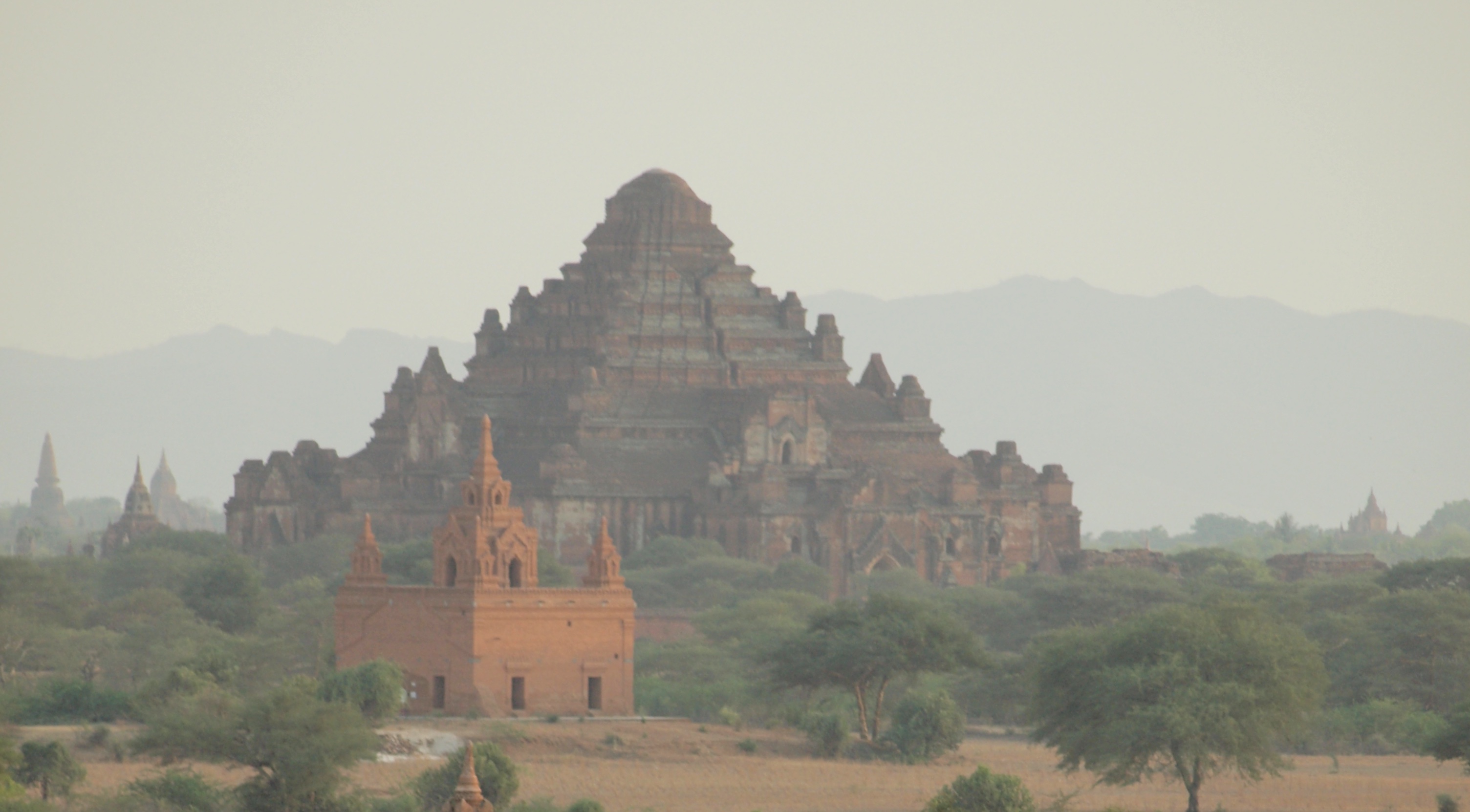I had been living in London for a year, finishing a screenplay. I managed to wrap it up just as my visa was expiring, and needed to figure out where in the world I was going to live next. I had spent much of the previous 10 years living abroad—France, the Czech Republic, The Philippines and the UK — and I had a hankering to go back to the States. But where?
I considered New York because, well, if you’re a writer you really have to. But Portland was also an option, land of artisanal beer, wine and whiskey. Artisanal muffins. Artisanal bicycles. Artisanal everything. Amazing place.
I thought about Los Angeles, for the access it provides to the film industry. And Miami, the setting for my next screenplay.
New Orleans was an option just because I like New Orleans. Austin was an option because I don’t know anything about it, and I thought moving there would make for an interesting adventure.
Boston, Chicago, Seattle, San Francisco: Each has its unique appeal. But in the end…are you ready?
Washington. Yeah. I picked Washington.
You’re disappointed, aren’t you?
All those other exotic choices with all of their drama, their decadence, their fun, their flair. All those options that get you fantasizing about leaving your spouse and starting all over again, and I pick a place that feels like a government theme park. Hmmm.
Meridian Park
Well here’s something you may not know. There’s a revolution going on here. Washington is starting to assert its own sense of style. It’s not taking itself quite so seriously anymore. Strangely, it feels like a city that’s growing up and getting younger at the same time.
Now, I have to admit something. I didn’t know any of this before I moved here — I wish I had. I wish I could claim to be an urban savant and have powers such that I could pick the next “It” city, but no.
I picked Washington mostly for rational, responsible, business related reasons. And for the few wonderful old friends I have here. I did not pick it because I loved the place. In fact I never thought of it as a lovable town. But I have to say, after a few months here, I’m starting to feel like the dopey teenager who notices that his best friend—who happens to be a girl—is not a tomboy anymore.
A new ‘W’ Hotel has opened up since I was here last, just a few doors down from The Old Ebbitt Grill. In contrast to the Victorian fustiness of the hallowed Old Ebbitt, the ‘W’ features a rooftop terrace bar and restaurant, offering what amounts to balcony seating for whatever event might be taking place on the White House lawn.
Likewise, the four-year-old Hotel Palomar adds a dash of Hugo Boss to an otherwise Brooks Brothers Dupont Circle neighborhood.
The old Philips Collection is packing them in with things like SoHo-style tributes to the birthday cake. And the contemporary theatre scene is ratcheting up, with Woolly Mammoth leading the way.
Located smack in the middle of the hyperkinetic Penn Quarter area, Woolly Mammoth recently staged House of Gold, an uncomfortably funny play about Jon Benet Ramsey. The play itself got mixed reviews. But the theatre’s willingness to put it on is a sure sign of a robust cultural insurgency.
Across town, on 23rd St., NW, a few blocks from Dupont Circle, art house films have found a venue at the recently re-opened West End Cinema. And the crowds are coming back.
A spate of cool museums has also helped change the landscape over the years. Including the Spy Museum, the Crime and Punishment Museum, and the Newseum—a museum dedicated to news reporting which, all by itself, could justify the trip.
OK, another admission. I have never liked most Washington museums. They always seemed rather long on education and short on…well, on fun. More compulsory than compelling. (May God kill me before I ever lay eyes on the lunar landing module again, or another exhibit of the former First Ladies’ inauguration gowns.)

But the Newseum grabbed me and never let go. I began my tour with a visit to one of their small theatres, where they were running an interview with the dearly departed Walter Cronkite.
A second theatre featured a film that highlighted the most emotionally charged sports events in history. Jackie Robinson breaking baseball’s color barrier. Muhammad Ali declaring himself to be the greatest of all time. Jim McKay reporting on the assassination of 11 Israeli athletes and coaches at the 1972 Olympic games in Munich.
There were graffiti-ed panels taken from the Berlin Wall. There was the mangled communications antenna from the top of New York’s World Trade Tower. There was a movie screen 100 inches wide, replaying the heroism of the Apollo 13 mission. And there were photographs—lots of photographs—celebrating the election of America’s first black president.
I walked from one exhibit to the next, choking back tears. It was like watching Cocoon and E.T. and Saving Private Ryan all at once. Triumph and tragedy. History’s Greatest Hits.
One of the biggest surprises, however, came during a visit to a former no-man’s-land whose epicenter is at 14th and U St., N.W. During the D.C. riots that followed Martin Luther King, Jr.’s murder in 1968 the area was incinerated, and it remained a virtual wasteland until roughly 15 years ago.
What has happened since is truly something to see. Not urban renewal. Not gentrification. But a neighborhood akin to a gang banger growing up, and deciding he has something to live for. A wife, children, a home. A guy who, after a tough adolescence, now wants nice things, and good schools.
The Ellington Building in the U Street neighborhood.
“This was Marvin Gaye’s neighborhood,” I was told by singer/songwriter Molly Hagen. “It’s where Duke Ellington came from.” And there are tributes to local heroes everywhere. Marvin, for example — a restaurant that’s at once boisterous and refined, frequented by a genial mix of races and nationalities, serving a fusion of Belgian and American Soul Food. Think fried chicken with Belgian waffles. Or moule frites, served with andouille sausage gumbo.
The spiritual center of the neighborhood is Busboys and Poets, a bar/coffee house/restaurant/bookstore. It would have been easy for this venerable old joint to become a cliché. For the owners to siphon off the profits, let it erode and declare it “shabby-chic.” Gratefully, they didn’t. It’s artfully designed, beautifully maintained, and justifiably popular. Leonard Cohen would be happy here. A great place for panini, burgers and home style entrees like free-range meatloaf, catfish, and shrimp and chicken chorizo pasta.
Rice is another good dinner option—a Thai restaurant that, happily, passed on the Asian kit décor in favor of a tastefully designed space that illustrates the difference between a minimalist environment and one that is simply underdressed.
Saint Ex is yet another good choice. “Modern American cuisine with subtle notes of quirkiness,” according to the owners. Wood Grilled Rockfish with pancetta lentils, puttanesca sauce, pecorino and parsley. Coriander Spiced Duck Breast served with sweet potato ravioli, cipollini onions and baby bok choy. Or Strube Ranch Waygu top sirloin, plus roasted Yukon gold potatoes, and charred broccoli topped with a celeriac veloute.
Busboys & Poets
The restaurant I find most interesting up here, however, is Bistrot La Bonne. Not because it out-funks the others, but because it doesn’t even try. It’s a traditional French bistro, plopped right down in the middle of what is arguably Washington’s hippest neighborhood. It seems arrogantly indifferent to what’s going on around it. And that streak of independence, paradoxically, is precisely why it fits in.
Bistrot La Bonne is authentically French, right down to its imperfections. Meaning that the food isn’t fantastic. It’s good. Just not great. The cassoulet was hearty and satisfying. The salmon was capably prepared, though the sauce (a dill sauce with the consistency of lava, as I recall) would have been better left on the side, as my wife had ordered it.
The service exhibits a casual, old world grace. And the ivory lighting brings the French oak interior to life. If I could change one thing about the place it would be to fill it with French patrons instead of Americans. If only because the French converse at a more civilized decibel level.
In addition to the neighborhood’s burgeoning restaurant scene, there are consignment shops, one-of-a-kind jewelry shops and clothing stores, garden stores, other experimental theaters, jazz clubs, galleries and antique shops. Of the last, Miss Pixie’s is a particularly fun stop. Cool, quality kitsch at reasonable prices.
In describing this cultural uprising, I don’t mean to suggest that all the trappings of the old Washington establishment have disappeared. The Kennedy Center, The National Theatre and other bastions of propriety are thriving. All I’m saying is that a growing number of young entrepreneurs and artists are throwing down. And the more they do, the more it increases the city’s cultural complexity.
So, yeah. All things considered, I feel lucky to have ended up here. This place may not be New York or New Orleans. On the other hand, it isn’t Old Washington.
Not anymore.
Story by Rich Herstek, photography by Jim Kingsley



